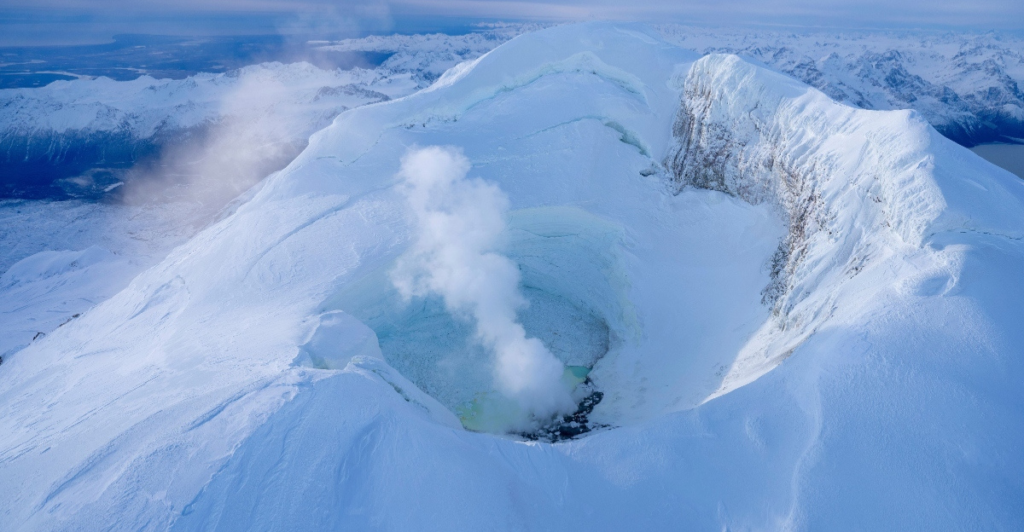
So, Alaska’s Mount Spurr has been behaving mysteriously of late. Located just 80 miles west of Anchorage, the 11,000-foot volcano is suddenly belching out steam and volcanic gases. Scientists are watching it closely—they’ve spotted new gas vents, rising heat levels, and chemical signs that magma is moving. And when magma’s on the move, things get wild.
The Alaska Volcano Observatory is basically eyeing this mountain from every angle, warning that an eruption could be weeks away. And this isn’t just a geology problem—it’s a whole ecosystem-disrupting, ash-cloud-choking, wildlife-evacuating event waiting to happen. Let’s break it down.
This Volcano Has a Track Record
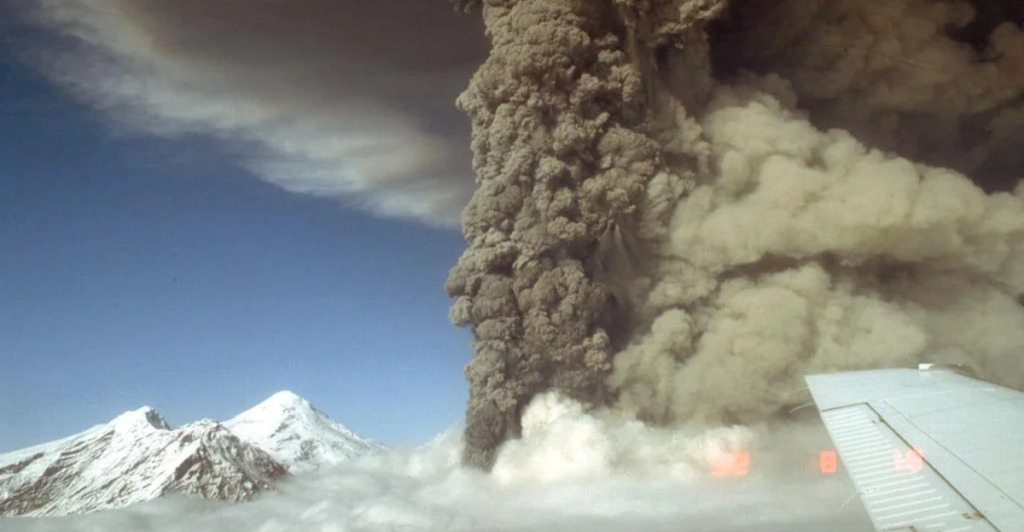
Mount Spurr’s been known to act up in the past. It last erupted in 1992, throwing ash into the sky, closing airports, and blanketing towns in fine, lung-clogging powder. Before that? A massive 1953 eruption. Every time it acts up, it throws volcanic tantrums that don’t just affect Alaska—they impact huge swaths of airspace and land.
One 1992 ash plume stretched hundreds of miles and grounded flights for days. Spurr’s eruptions aren’t lava-heavy—they’re ash-heavy, which means they don’t melt everything in sight, they bury it. Fast forward to now: the signs are eerily familiar, and scientists are nervous. When Spurr flirts with activity, it usually follows through.
What Exactly Is It Doing Now?
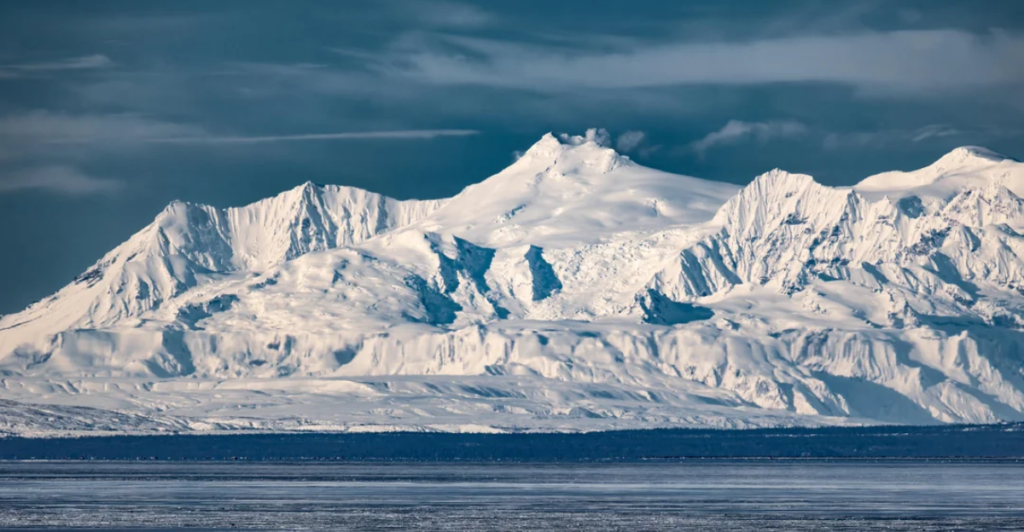
Mount Spurr is puffing out ominous clouds of steam and volcanic gases, including sulfur dioxide and carbon dioxide—two major indicators that molten rock is rising beneath the surface. That’s volcanic foreplay, and it’s serious. Satellite imagery also picked up heat signatures from new vents, which means the mountain isn’t just venting—it’s heating up from the inside.
Seismic sensors have detected low-level quakes too, hinting at underground pressure building like a shaken soda can. While it hasn’t erupted yet, everything about this volcano’s current behavior screams “pay attention.” The AVO is on high alert. One more big tremor and we’re in eruption territory.
The Real Villain? The Ash
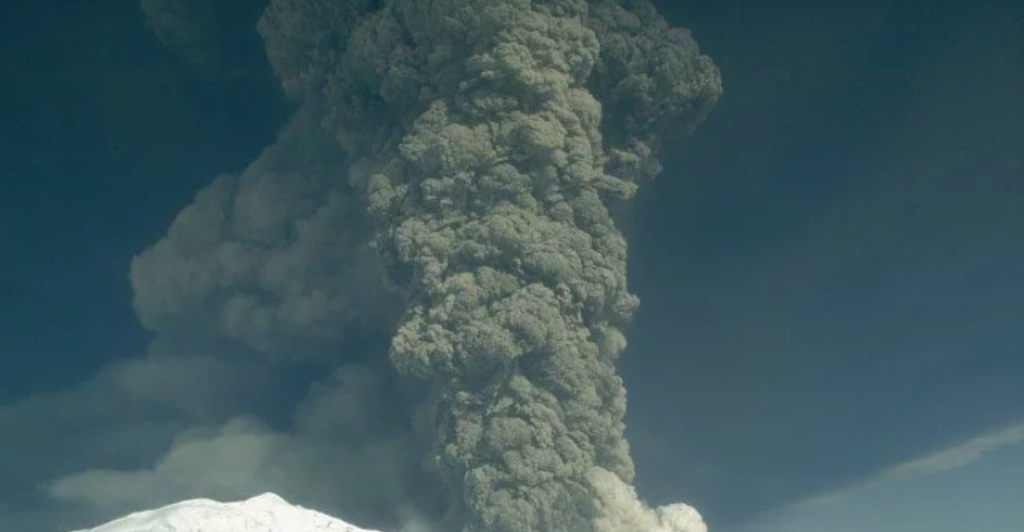
Unlike Hollywood volcanoes, Mount Spurr isn’t about lava rivers—it’s about ash clouds. And volcanic ash isn’t your fireplace kind; it’s microscopic glass and rock. It cuts lungs, coats crops, grounds planes, and turns skies into soot. During Spurr’s 1992 show, Anchorage was hit hard with ashfall that lasted for days. Visibility dropped to near-zero, airports shut down, and the cleanup was a nightmare.
If it erupts now, prevailing winds could carry ash hundreds of miles, disrupting agriculture, damaging buildings, and polluting water. It’s not dramatic lava lakes—it’s gray, gritty chaos that affects everything from moose herds to Boeing jets.
Ecosystems? Straight-Up in Trouble
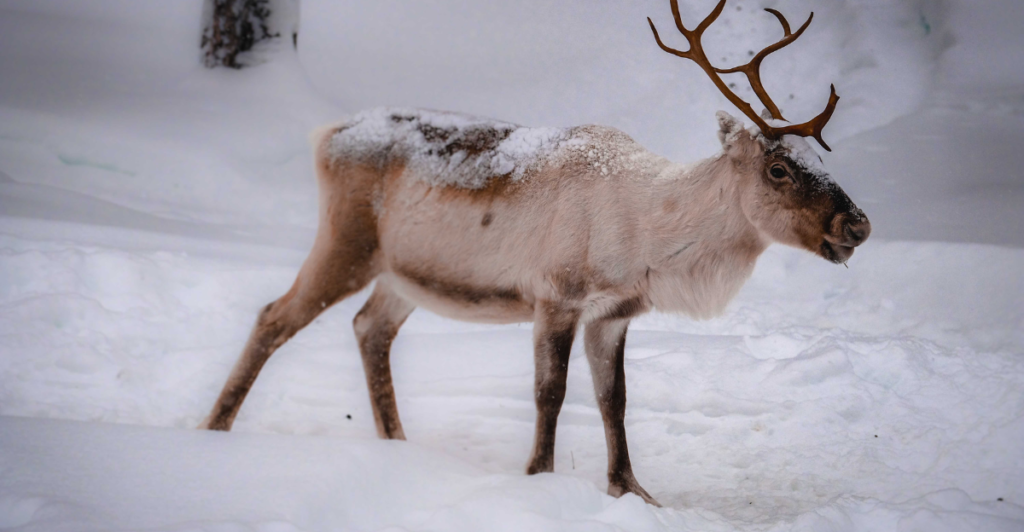
This isn’t just a people problem—it’s an environmental crisis in the making. Spurr sits in a biologically rich region home to moose, caribou, bald eagles, and salmon-filled streams. An eruption could destroy habitats instantly through pyroclastic flows and falling ash. Toxic debris can poison rivers, suffocate plants, and drive animals out of their breeding grounds.
Entire food chains can unravel. Plus, the long-term effects—altered soil chemistry, contaminated water, deforested zones—can take decades to recover from. If Spurr blows, it’s not just a geological event—it’s an ecological reset button, and not the good kind.
Air Travel Could Get Wrecked (Again)
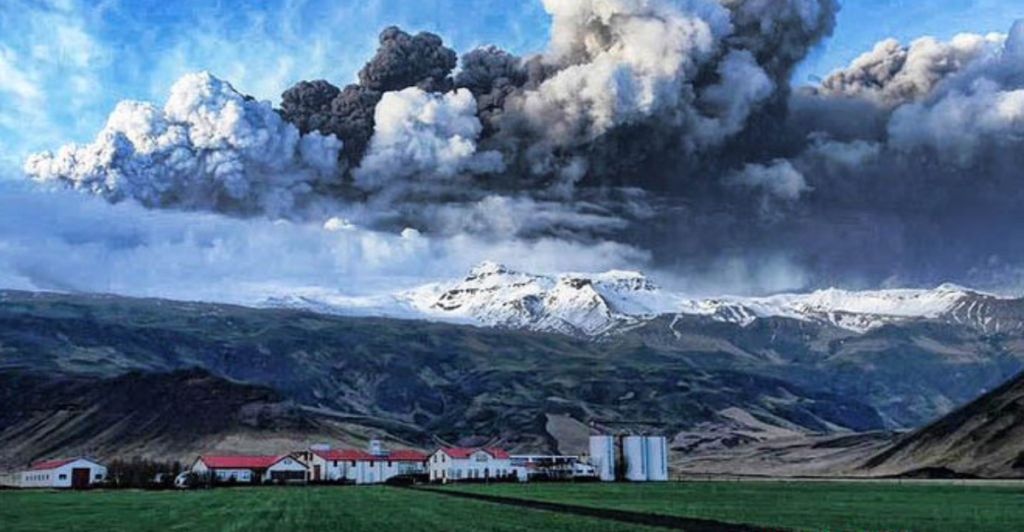
Volcanic ash and planes? Not friends. Ask any pilot who’s flown through an ash plume—it’s instant engine panic. In 2010, Iceland’s Eyjafjallajökull grounded half of Europe. Spurr’s last eruption shut down parts of Alaska’s airspace for days.
Anchorage’s airport is a major cargo and travel hub, and an eruption would likely cancel hundreds of flights and reroute global cargo. Even tech companies could feel it—many rely on just-in-time delivery networks that pass through Anchorage. If Spurr erupts, it won’t just strand tourists—it could snarl supply chains across the U.S. and beyond. Airlines are watching… and sweating.
Could This Be a Mega-Eruption?
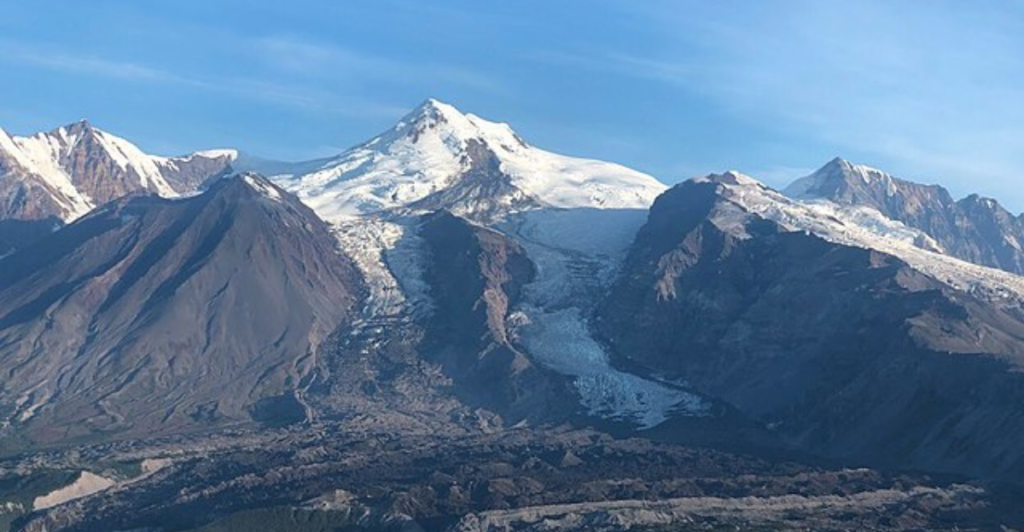
Okay, so let’s not panic—Spurr isn’t Yellowstone. But could this be a big eruption? Absolutely. Spurr has a volcanic explosivity index (VEI) history of up to 4, which means a solid, region-shaking event is well within reach.
Think: ash plumes miles high, long-term disruptions, and major ecological fallout. No lava rivers swallowing cities, but widespread air pollution and landscape changes? Very possible. The question isn’t whether Spurr is explosive—it’s whether this current activity is just burps and steam… or the prelude to a full-scale event. Spoiler: the experts are bracing for the latter.
What Scientists Are Doing Right Now
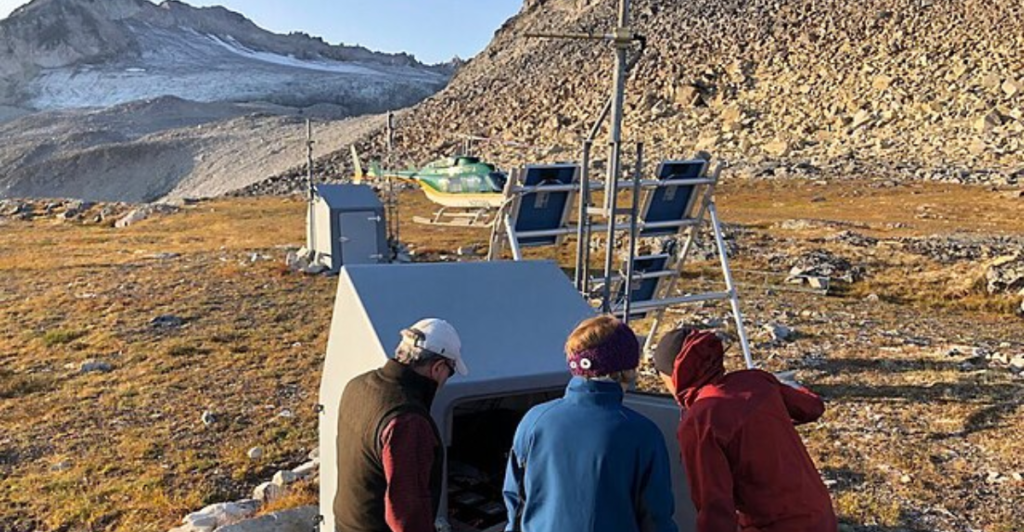
The Alaska Volcano Observatory is on full volcano babysitting duty. Scientists are using drones, thermal cameras, satellites, and good old-fashioned seismographs to track every burp, hiss, and rumble. They’ve labeled Spurr’s status as “normal” for now, but every data update has them hovering over keyboards.
The goal? Spot escalation early, issue alerts fast, and prevent chaos. They’ve even simulated ashfall scenarios to guide evacuation plans and air traffic reroutes. In short: they’re not panicking, but they’re definitely not chilling. When a volcano starts warming up, every beep matters.
If It Blows—What Happens Next?
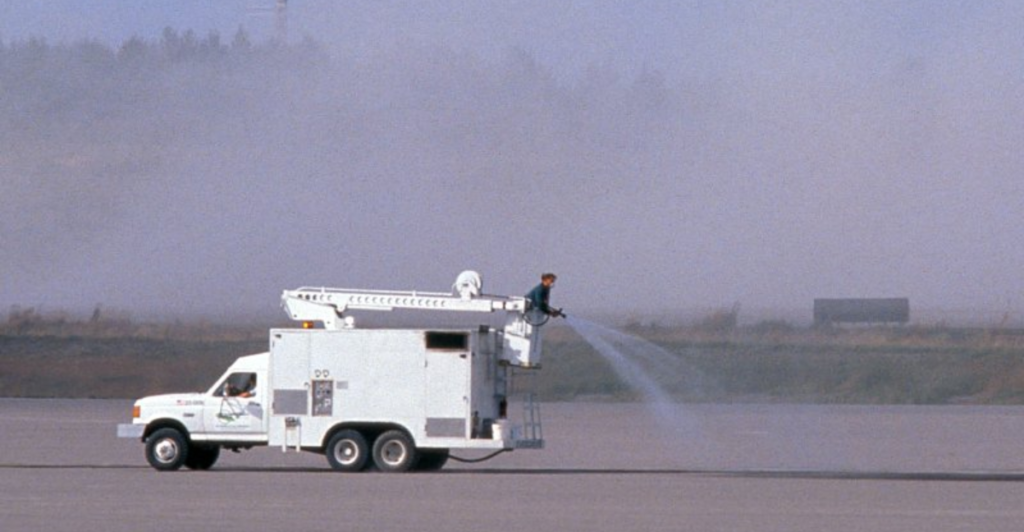
If Spurr erupts, here’s the likely play-by-play: huge ash plume, massive grounding of flights, state-wide emergency alerts, and an ecological panic button. Water treatment plants might scramble to handle ash-polluted runoff. Farmers could lose crops. Animals would scatter. Wildlife agencies might need to coordinate rescue or migration shifts. Remote villages might get cut off or evacuated. Anchorage could become a gray wasteland for days.
It’s not doomsday—but it’s not great either. And cleanup? Months. Maybe more. Eruptions don’t just happen—they linger. And Mount Spurr’s not known for quick exits.
When Nature Starts Talking, Listen
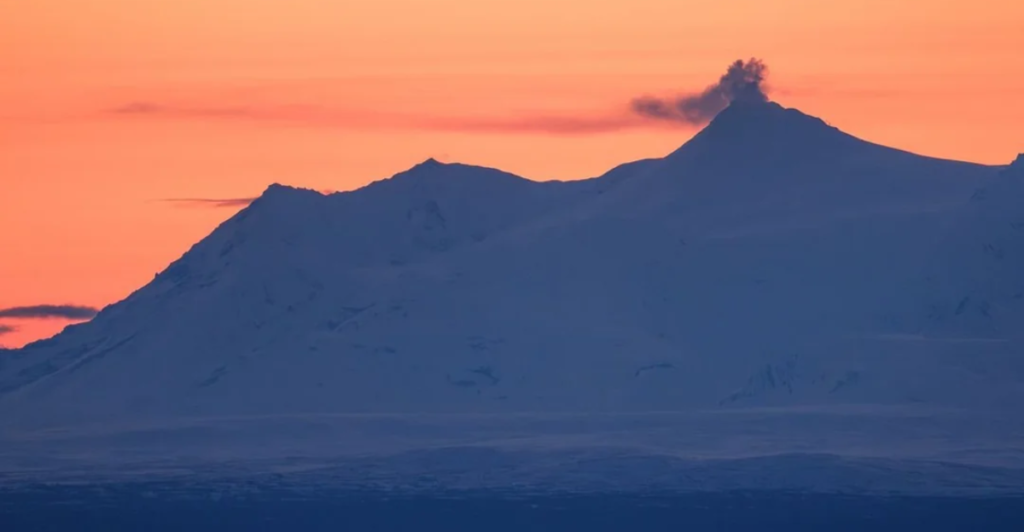
Mount Spurr is officially That Volcano right now—loud, unpredictable, and impossible to ignore. This isn’t fear-mongering. It’s nature flexing. And while we’ve got satellites and sensors, there’s still a lot we don’t control.
The best thing we can do? Stay informed, stay ready, and give volcanologists the funding and spotlight they deserve. Because when magma moves, everything else follows. Whether it erupts next week or simmers for months, one thing’s clear: Mount Spurr is reminding us who’s really in charge—and spoiler alert, it’s not us.
Explore more of our trending stories and hit Follow to keep them coming to your feed!

Don’t miss out on more stories like this! Hit the Follow button at the top of this article to stay updated with the latest news. Share your thoughts in the comments—we’d love to hear from you!







